Your vehicle’s water pump will be located in one of two places – on the outside of the block or under the timing belt cover. If the water pump is under the timing cover, the timing belt or chain turns it; and if it is on the outside of the block, a serpentine or V-belt turns the pump.
Always flush your cooling system before removing the pump.
Removing the Water Pump
Removing the water pump, once you get to it, is the easy part of the job, unless you run into frozen fasteners. If a bolt is stubborn, you have to be patient or risk breaking the bolt off in the plate and block.
Spray penetrating oil on the bolt and let it work its way down the threads of the bolt. You may have to repeat this process five or six times over several hours or a day. Work the bolts slowly back and forth; as the penetrant works its magic the bolt will turn a little further each time. Hopefully, the bolt will come out. When reinstalling the bolts, put a little anti-seize on the bolt threads to help prevent them from freezing so the next you won’t have such a difficult time if you ever need to replace the pump again.
Mounting surface preparation: Be sure to completely clean the gasket mounting surface on the engine. You can use parts cleaner to help remove pieces of dirt and gasket that may stick to the block. Dry the area completely or you won’t get a good seal when installing the new water pump.
Installing the Water Pump
Installing the gasket: Don’t try to line up the water pump and gasket — more times than not, it will not work and you’ll have to remove the pump and try again. To get it right the first time, apply a thin film of RTV on both sides of the gasket and fit the gasket onto the water pump. Be sure that you don’t use too much. If so, when the pump is bolted in place it will ooze excess sealant. Keep in mind that what you see on the outside of the pump housing will also be hanging on the inside of the pump and can enter the cooling system resulting in potential contamination. Plus, you don’t want it too wet, nor do you want it completely set up or the gasket won’t stick to it.
Slide the bolts through the water pump and line them up with the bolt holes on the block. Start each bolt with four or five threads. Alternately screw in the bolts, keeping the water pump even with and against the block. After the water pump is firmly against the block, torque the bolts according to the vehicle’s torque specs.
Timing Belts: If the water pump is in the timing belt cover, you should replace the timing belt when you replace the water pump, the work is almost the same. Furthermore, if antifreeze or other chemicals leaked onto the timing belt, the life of the belt will be compromised. In this case, it’s better to be safe than sorry.
Always make sure you have everything you need, as some water pump jobs require special tools. When you follow these tips, replacing the water pump should be much less frustrating.
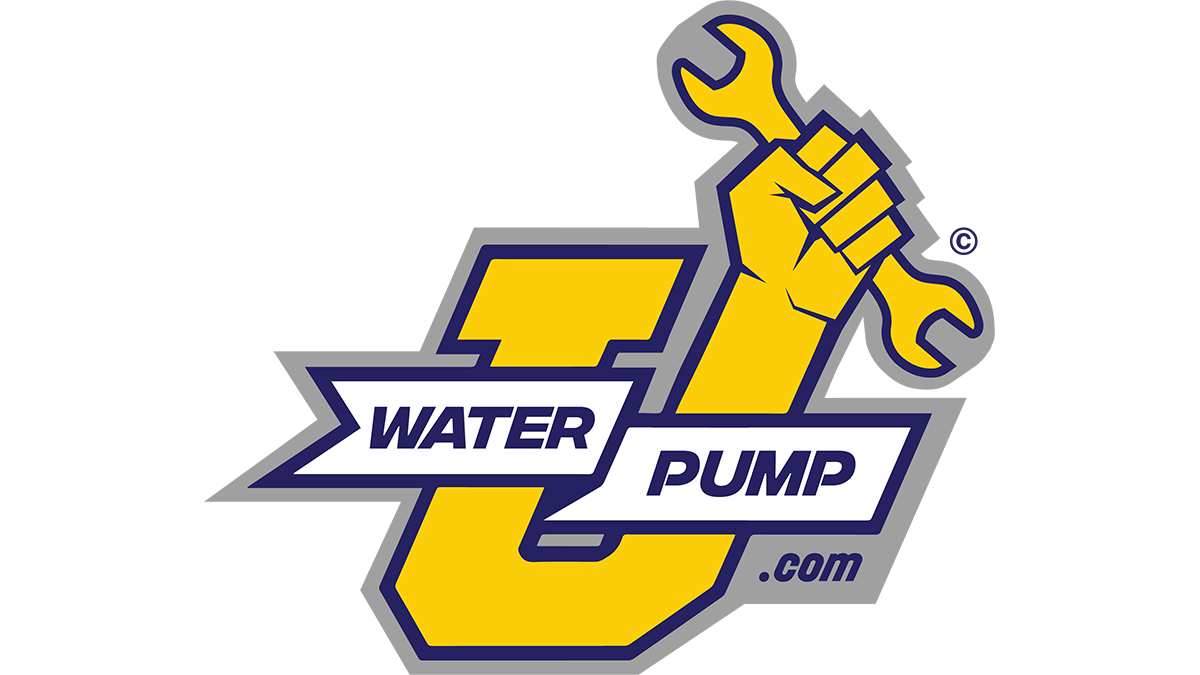
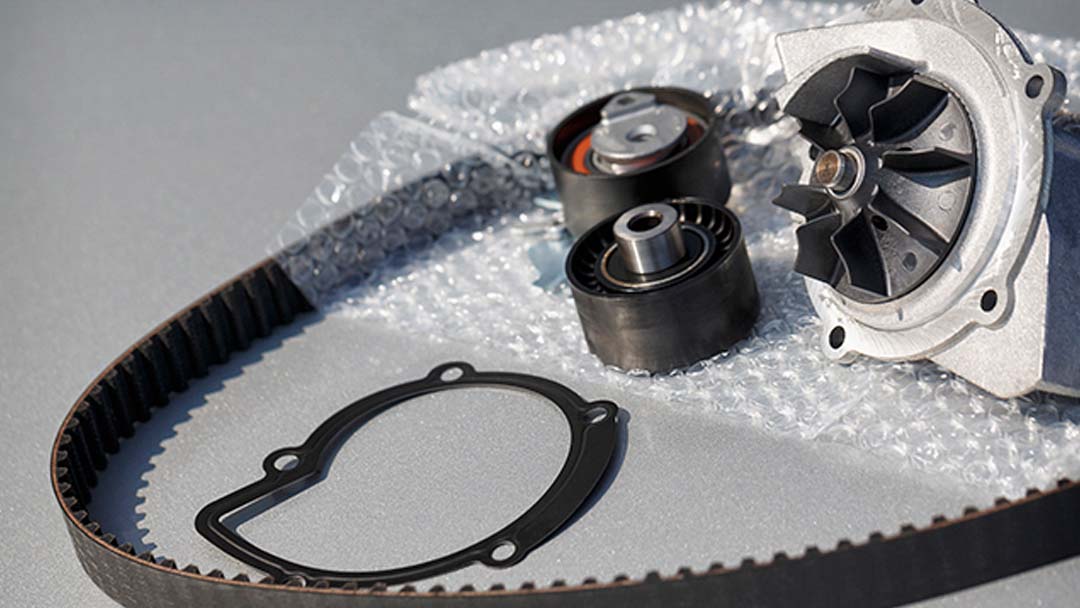





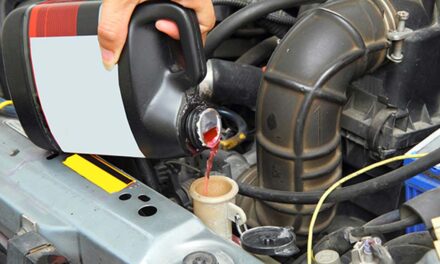
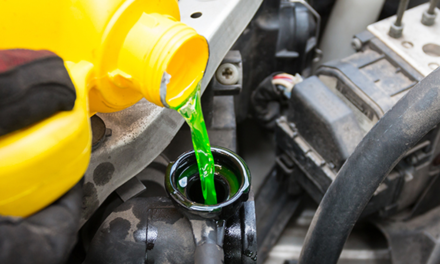
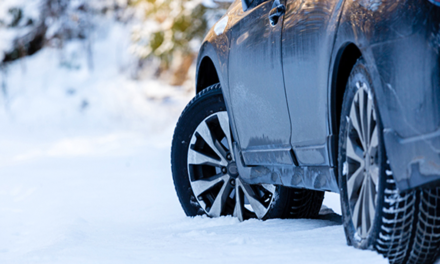
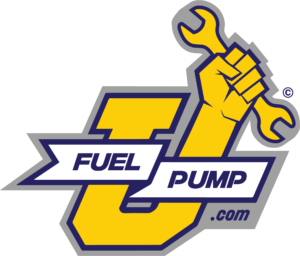


![[FITMENT] Compatible with 2013-2020 Buick Encore, compatible with 2011-2016 Chevy Cruze, compatible with 2012-2020 Chevy Sonic, compatible with 2013-2020 Chevy Trax. [REPLACE PART NUMBER] AW6662, 130-2140, 25192709, 55579016, 22519445, 55486344, 5548...](https://m.media-amazon.com/images/I/41ibMl21zeL._SL100_.jpg)